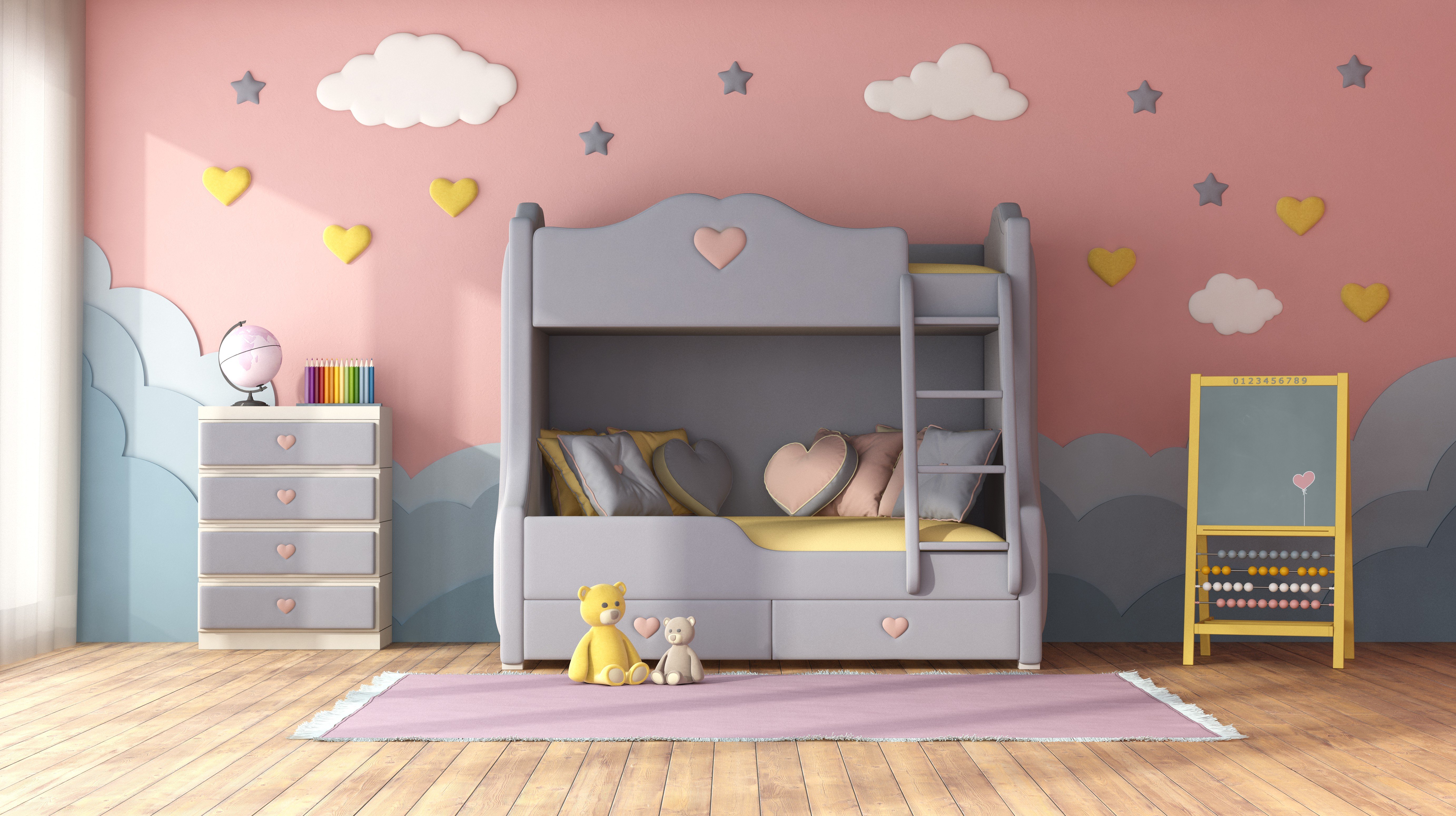Exploring Bunk Beds: A Comprehensive Guide
Bunk beds have long been a staple in kids's bed rooms, dorms, and even homes with limited space. Not only do they supply a practical sleeping solution, but they likewise develop an enjoyable and creative environment for kids and a great space-saver for adults and families. This article will check out everything you need to learn about bunk beds, from types and products to security tips and purchasing guidance.
Tabulation
- Types of Bunk Beds
- Standard Bunk Beds
- Loft Beds
- Triple Bunk Beds
- L-Shaped Bunk Beds
- Product Options
- Wood
- Metal
- Safety Considerations
- Buying Guide
- FAQs
Types of Bunk Beds
Bunk beds are available in various styles to suit various requirements and preferences. Here's a breakdown of the most typical types:
Conventional Bunk Beds
Conventional bunks usually include 2 beds stacked vertically on top of one another. Best Bunk Beds are perfect for brother or sisters sharing a room or for optimizing sleeping space in guest rooms.
Loft Beds
Loft beds stand similarly to standard bunk beds but do not have a lower sleeping location. Rather, they typically include a desk or seating area beneath, making them a great option for small spaces requiring multifunctionality.
Triple Bunk Beds
Triple bunk beds are designed for 3 occupants, with beds stacked in a three-tier configuration. These are less typical however can be a fun service for large families or pajama parties.
L-Shaped Bunk Beds
With one bed positioned horizontally and the other vertically, L-shaped bunk beds are frequently equipped with extra functions such as desks or storage drawers and can complement corner spaces in a room.
Contrast of Bunk Bed Types
| Bed Type | Perfect Use | Description |
|---|---|---|
| Conventional | Shared bed rooms or visitor rooms | Two beds stacked vertically |
| Loft | Small spaces requiring multi-purpose space | Upper bed with open space underneath |
| Triple | Big households or sleepovers | 3 beds stacked vertically |
| L-Shaped | Corner or versatile areas | A mix of vertical and horizontal beds |
Product Options
Bunk beds are produced from numerous materials, with wood and metal being the most typical. Each material has its pros and cons.
Wood
- Toughness: Generally robust and can stand up to years of usage.
- Visual Appeal: Offers a classic appearance that can blend with various decors.
- Weight Capacity: Typically tougher; can support much heavier weights.
- Downsides: May be more expensive than metal alternatives and can be susceptible to scratches.
Metal
- Strength: Generally lightweight and easy to move however still strong.
- Modern Design: Often comes in sleek styles, making it appealing for contemporary areas.
- Cost-Effective: Usually more economical than wood alternatives.
- Disadvantages: Can be cold to the touch in winter seasons and might not have the exact same aesthetic appeal for some buyers.
Security Considerations
When it pertains to bunk beds, security can not be ignored. Here are essential safety pointers to keep in mind:
- Guardrails: Ensure that the top bunk has guardrails on both sides to avoid falls.
- Sturdy Construction: Check for a solid develop and durable materials to stand up to weight and movement.
- Weight Limit: Adhere to the producer's weight limitation for both the upper and lower bunks.
- Ladder Design: Choose bunks with a safe, easy-to-climb ladder and prevent any sharp edges or rungs.
- Age Restrictions: Most producers advise that kids under the age of six need to not sleep in the upper bunk.
Buying Guide
When searching for bunk beds, think about the following factors to discover the very best suitable for your requirements:
- Space Availability: Measure the room size and ceiling height, ensuring there is sufficient space for the top bunk.
- Bed Size: Decide between twin, complete, or bigger sizes based upon your requirements and the size of the room.
- Style Preference: Consider the overall design of the bedroom to discover an appropriate design.
- Relieve of Setup: Look for a bunk bed that is straightforward to assemble.
- Spending plan: Bunk beds can be found in various rate varieties, so determine a budget plan before starting your search.
FAQs
1. What is the suggested age for kids to sleep on the leading bunk?
Kids aged six and older are usually advised to sleep on the leading bunk to lessen the threat of falls.
2. How can I make my bunk bed much safer?
To enhance security, make sure guardrails are appropriately installed and check that the bed is put on a flat surface area. Additionally, encourage children to utilize the ladder carefully.
3. Can I transform a bunk bed into two different beds?
Numerous bunk beds are designed to be convertible. Examine the producer's specifications for convertibility features.
4. What accessories are readily available for bunk beds?
Common accessories consist of bed linens, storage drawers, staircases rather of ladders, and tented canopies for an enjoyable visual appeal.
5. How do I keep my bunk bed?
Regular look for loose screws or structural integrity can assist guarantee security. Dust the bed regularly and tidy spills promptly to keep the products in good condition.
Bunk beds are flexible and a space-efficient service for various living scenarios, from children's rooms to guest lodgings. With many designs and materials offered, possible purchasers have a wealth of options to think about, making sure a mix of functionality and visual appeals. By prioritizing security and following the suggestions detailed in this guide, individuals can find the best bunk bed that matches their space and lifestyle, all while developing a satisfying sleeping environment.

